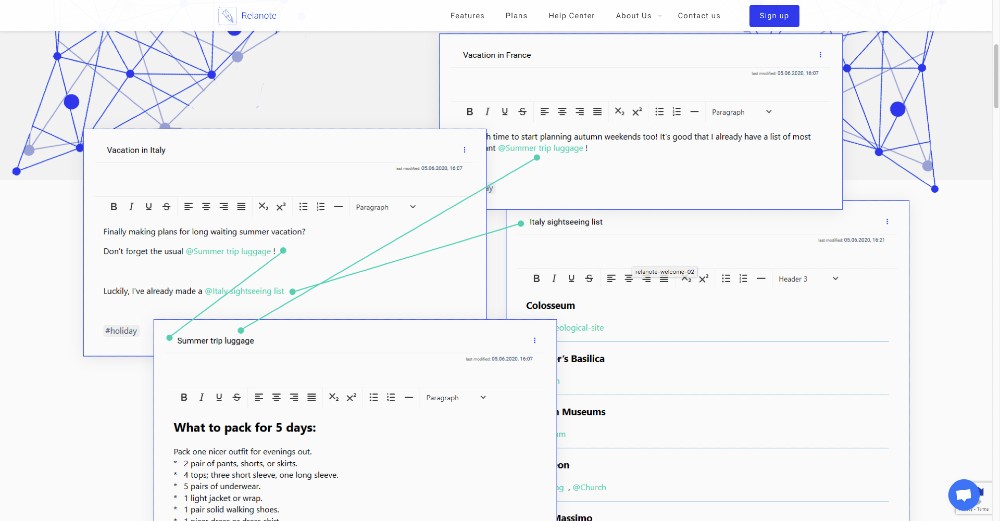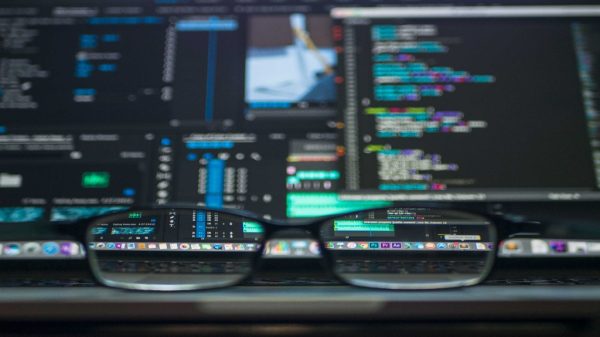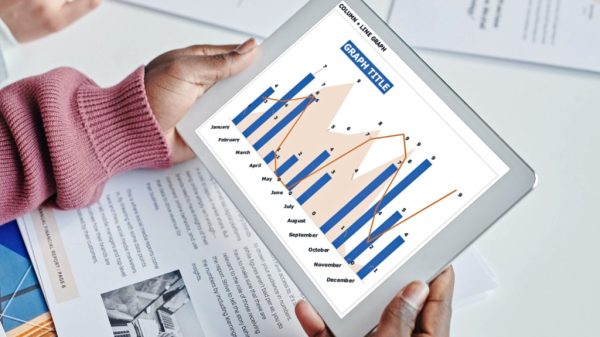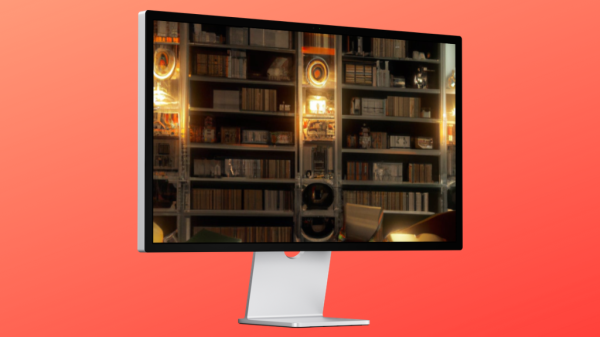The Internet of Things (IoT): If you haven’t heard about it yet, you’re not paying attention. The IoT represents the use of technology and how we use it to connect to the cloud network (the internet) in order to better understand our environment, and all that entails including people and things.
It’s a heavy concept and a lot of what you read these days ties the IoT to smart technology: Smart homes, smart cars, smart robots. It’s all interactive and the resulting technology is tied to human thought. In this regard, the IoT is very seductive and very intriguing.
But the discussion of the IoT is much less prosaic if we think in more realistic terms. In an ongoing video series, Gary Barnett, Chief Analyst for Ovum’s Software team, talks about how the Internet of Things will fundamentally affect and evolve everyday global processes.
Below is a brief of Barnett’s primary points as to how the IoT can do a world of good (in case watching a 9:12 video isn’t your jam):
1. Healthcare
The untapped future of the IoT has to do with TeleHealth. In other words, making healthcare accessible to the world’s population. That may go against the grain of the billions of dollars of revenue that healthcare generates, but the fact of the matter, explains Barnett, is that if we can deliver healthcare to the masses without having them come into the office, we begin to streamline the entire process of staying well.
Maybe it’s something as simple as monitoring one’s blood pressure or blood sugar levels. Maybe it’s something a little more in depth like an actual exam. One thing is certain, the IoT’s impact on health is already happening but he surface hasn’t even begun to be scratched.
2. Industry
We get caught up in the big-ticket items of the Internet of Things and smart technology. We can potentially talk to our cars, our refrigerators, our garage doors. But Barnett explains, and rightfully so, that a whopping 99 percent of IoT devices are invisible to us because the technology exists within the industry infrastructure.
IoT technology is just now being introduced in supply chain management. Sensors that monitor and provide data regarding a product’s delivery: Was it broken? Scratched? Sensory data can provide the where and how to that question. By doing so, process management can make huge strides in efficiency.
3. Agriculture
The third point of Barnett’s triad involves agriculture. The data management that the IoT provides could potentially alter the processes for growing crops or managing livestock. Is every inch of a 100 acre farm being over or under fertilized? Watered? Or what about food supply management? It is no secret that nearly 3 percent of crops produced get wasted in one way or another. How many more mouths could be fed if that didn’t happen?
The here and now
The exciting thing about how the Internet of Things can improve our lives isn’t about telling your refrigerator to order milk. It’s about tapping into the cloud’s potential to reach lives and make those lives better.
#IoT
Nearly three decades living and working all over the world as a radio and television broadcast journalist in the United States Air Force, Staff Writer, Gary Picariello is now retired from the military and is focused on his writing career.


















































